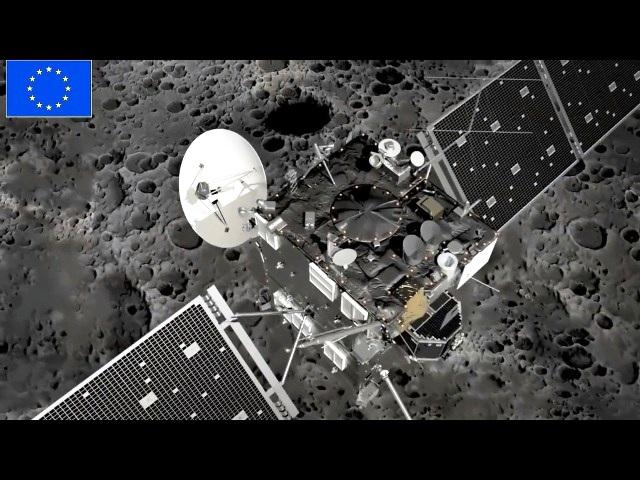Catching the Comet
The Philae Lander drifts smoothly into its rendezvous with comet 67P, marking the climax of the Rosetta mission. The Lander, launched March 2, 2004, took over ten years to reach its landing point, circling the sun numerous times before finally riding up alongside the comet. “With Rosetta we are opening a door to the origin of planet Earth and fostering a better understanding of our future,” Jean-Jacques Dordain, the Director General of ESA said.
December 4, 2014
Space exploration hit a historical landmark Wednesday, November 12 when a man-made probe landed on a travelling comet, 310 million miles from Earth. The touchdown occurred at 4:03 a.m. GMT, when the Philae lander made gentle contact with the surface of the comet.
The European Space Agency (ESA) launched the Rosetta mission ten years ago, March 2, 2004, and over the duration of that time, the probe travelled across space until it could safely meet the comet and land.
This is the first time in history that a human spacecraft has been able to fall into orbit with a comet, as well as land on one. With the ability to study this ancient piece of the universe, scientists hope to see clearer the conditions and history behind the creation of our solar system.
“With Rosetta we are opening a door to the origin of planet Earth and fostering a better understanding of our future,” Jean-Jacques Dordain, the Director General of ESA said. “ESA and its Rosetta mission partners have achieved something extraordinary today.”
The mission did not go perfectly as planned, however. Problems arose during the landing as the anchoring harpoons failed to fire. As well as this, the screws beneath the craft were unsuccessful at a burrowing into the surface.
Despite these issues, the lander touched-down successfully and has since sent pictures and information back to Earth. With this intelligence, mankind may be able to understand better how the universe formed.




